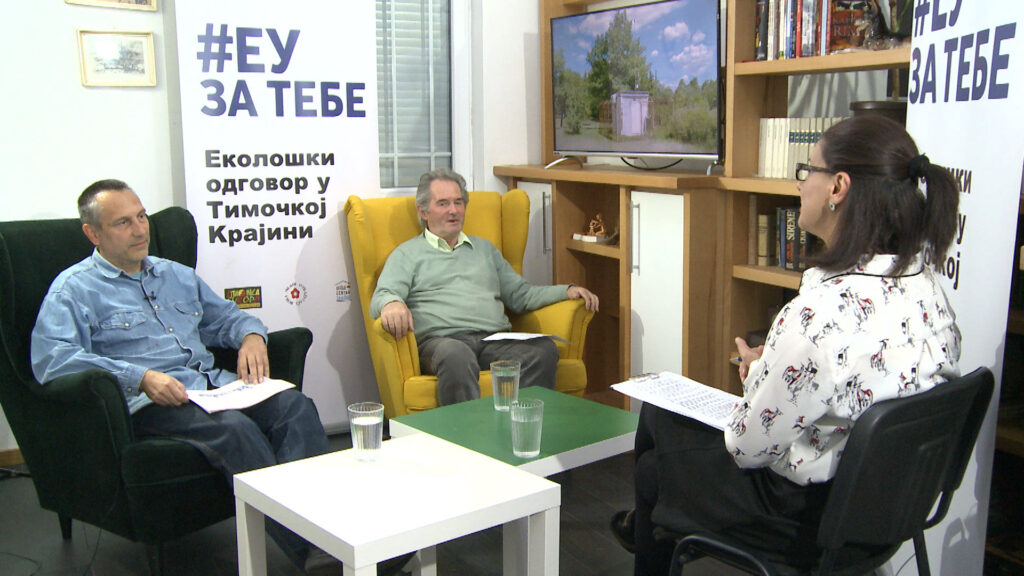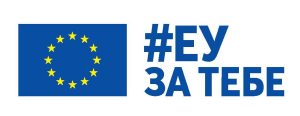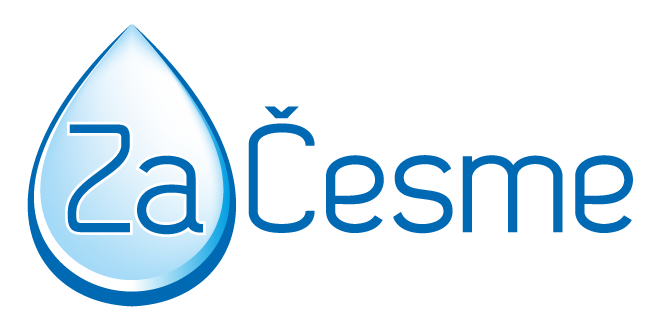
26/10/2023
Ecological Hour Episode: Increased Concentrations of Arsenic and Cadmium in the Air Recorded During the Test Period of the Smelter Operation in Bor (VIDEO)
The air quality in Bor, during the three and a half months of testing the new, reconstructed smelter, and the impact of other sources of pollution were discussed in the “Ecological Hour” show. The guests, PhD Viša Tasić, a scientific advisor from the Institute of Mining and Metallurgy, and Toplica Marjanović from the Association of Young Researchers of Bor, shared their insights.
According to Viša Tasić, the new technology implemented during the reconstruction of the Bor smelter resolved the sulfur dioxide problem, but now the issue lies with chemical elements in suspended particles, such as arsenic and cadmium. This conclusion is based on monitoring the levels of these hazardous substances at three measuring points in Bor from May, June, July, and partly August of this year. Tasić emphasizes the need to control the input of ore for processing in the smelter, as if it does not conform to the environmental impact assessment study, the air quality will be compromised and pose a danger to people and the environment. In other words, if the ore concentrate entering the smelter has a higher percentage of arsenic and cadmium than allowed by the study, it will result in air pollution.
Toplica Marjanović from the Association of Young Researchers in Bor mentioned that open dumps of waste rock and ore also affect air quality. “Serbia Zijin Mining” plans to deposit ore from the upper zone 2 of the Čukaru Peki mine in the open, amounting to over 32 million tons on a 30-hectare surface by the end of 2025, or until the construction of a new flotation plant. The arsenic content in this ore is 3 grams per ton, meaning there will be 96 tons of arsenic in the open area. Wind-induced dust will pose a threat to the air in the Bor and Zaječar regions as this dump is planned along the Bor-Zaječar road near Nikoličeva. Atmospheric precipitation will lead to leaching, contaminating watercourses in the vicinity, such as thermal springs in Nikoličeva and Gamzigrad, explained Marjanović.
The discussion also covered different sources of pollution in Bor and Zaječar; while in Bor, pollution originates from mining and metallurgy, Zaječar ranked second in Serbia last year in pollution from heating and traffic. This is partly because Bor residents mainly rely on a district heating system that has switched to gas this year, while in Zaječar, over 80% of the population uses individual heating with coal and wood.
Viša Tasić from the Institute of Mining and Metallurgy concluded that it is necessary to strengthen the capacities of all local self-governments facing environmental pollution issues. “We are limited in institutions for some matters that are not within our jurisdiction, and that’s why local self-government must be stronger and confront these issues to resolve them.”
The show “Ecological Hour” is part of the project “Environmental Response in Timočka Krajina” co-financed by the EU and implemented by the Association “ZA Drinking Fountains” in collaboration with partner organizations from Bor and Zaječar.
This show was produced within the project “Environmental response to mining expansion in Timočka Krajina” funded by the European Union, and implemented by the Association “Za Drinking Fountains”, the Association of Young Researchers Bor, Civic Library “Europe” Bor and Children’s Center Zaječar. The content of the show is entirely responsibility of these associations and do not necessarily reflect the views of the European Union.




